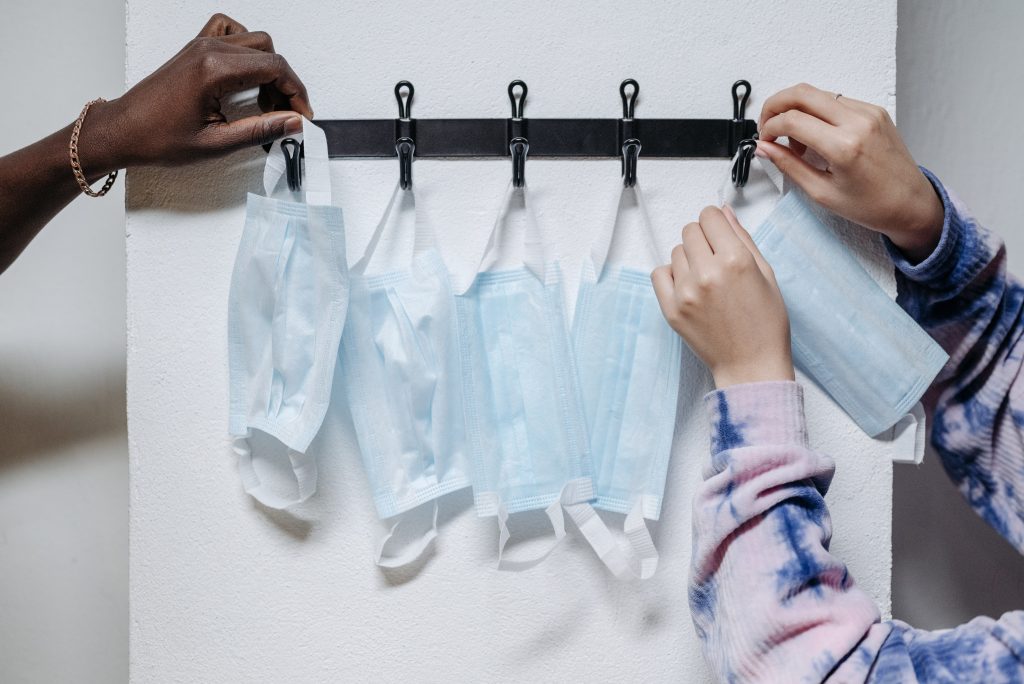
The restrictions and changes made on college campuses as a result of the COVID-19 pandemic have remained a constant companion for students and faculty for the past two years. Whether it’s mask-wearing, social distancing, zoom classes, or COVID-19 testing, students and faculty have had to adjust and adapt. It seems, however, that cases are decreasing, and campuses are gradually going back to normal.
As the CDC and federal officials call to end mask mandates, many universities around the country are following suit, either by making mask-wearing optional in all indoor places on campus or slowly by making masks optional in certain indoor areas.
In Wisconsin, the president of the University of Wisconsin system, Tommy Thompson sums up the reason for announcing an end to the indoor mask mandates:
Thompson noted a scientific consensus is emerging that the novel coronavirus will likely be recurrent with some degree of ongoing transmission expected, possibly for several years or more. As a result, just as with other viruses, there will be times when the COVID-19 virus is more prevalent and times when it is not. However, due to vaccination and infection-induced immunity, it is expected the population will continue to build its overall immunity and the risk of severe disease will decrease.
At Rice University, the president’s and provost’s decision to make masks optional is part of its efforts to support the “posture that recognizes Covid-19 as endemic.”
Mississippi State University, Northeastern University, Clemson University, New Mexico State University, the University of Nevada at Reno, and the University of California at Berkeley are lifting their mask mandates in all indoor places, except for places where “health care services are provided,” public transportation, and/or federally mandated areas where restrictions still apply.
Other universities such as the University of Illinois, the University of West Virginia, and St. Lawrence University are lifting mask mandates gradually by still requiring masks in classrooms, but lifting the mandates in non-instructional indoor spaces such as libraries, university buildings, and residence halls. In North Carolina, Governor Roy Cooper lifted the mask mandate due to “the decline in cases from the Omicron variant, vaccination rates, and boosters and other factors in calling for an easing of the face-covering restrictions” and he has encouraged “schools and local governments to end their mask mandates.”
Consequently, UNC system President Peter Hans announced that each university Chancellor may exercise their independent authority “by instituting mask-optional protocols in all campus indoor settings, including classrooms, no later than March 7.” So far, the University of North Carolina at Charlotte, UNC Wilmington, UNC Greensboro, West Carolina University, NC State University, East Carolina University, and Appalachian State have announced face masks will be optional in all indoor places in response to Hans’ request.
UNC-Chapel Hill had previously stated that it would follow the county’s guidance for mask-wearing, but although Orange County originally decided to maintain the mandate, it has now backtracked and decided to lift the mask mandate. UNC has similarly followed suit and lifted the requirement of masks in all indoor places, except public transportation and places that provide health services.
Natalia Mayorga recently graduated with a bachelor’s in psychology from UNC-Chapel Hill and is a Martin Center intern.
